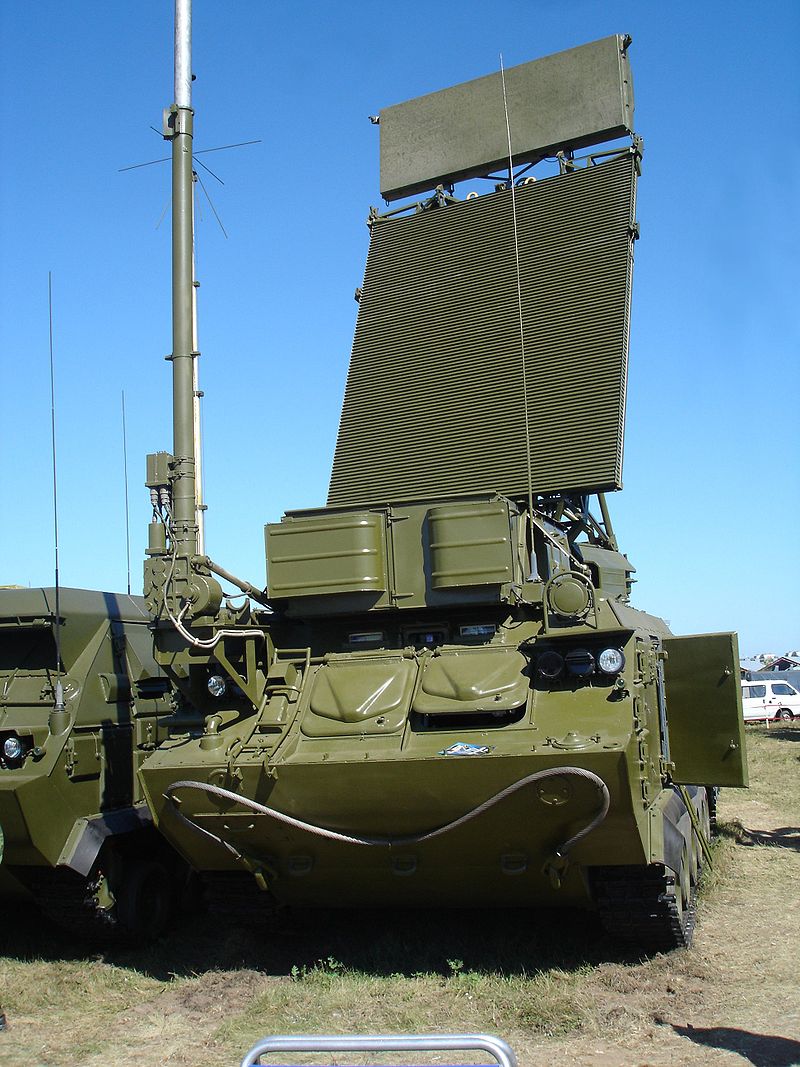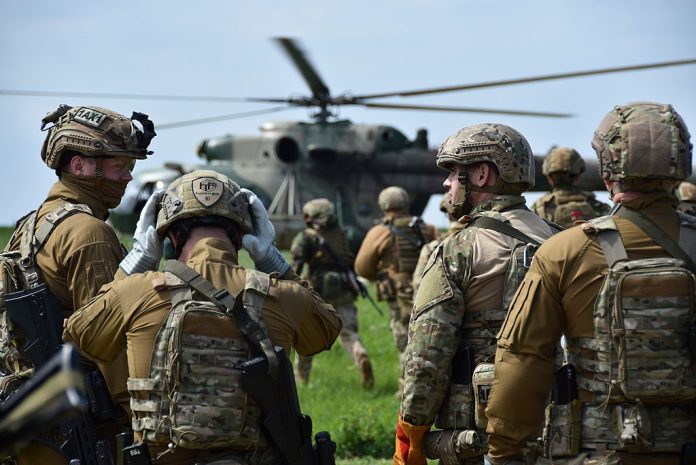
Can the loss of a single radar tip the scales in a war-torn region? In Ukraine’s newest special operations victory, the answer is yes. A Luhansk Oblast precision strike not only killed scarce and expensive Russian air defense equipment but also created new tactical opportunities for Ukrainian troops along the front.
This mission, executed by special units in tandem with military intelligence, was not only a battlefield victory it was a display of how precise dismantling of an adversary’s defensive chain can redefine the operational landscape. Through the marriage of sophisticated drone warfare with intelligence-driven targeting, Ukraine is methodically chipping away at Russia’s layered air defense, introducing vulnerabilities with potentially cascading consequences in the coming weeks.

1. Omega Special Purpose Center’s Precision Strike

The Omega Special Purpose Center, a Ukrainian special forces unit, carried out the mission assisted by the Defense Intelligence of Ukraine. Employing drones to use as reconnaissance and strike coordination tools, they located and destroyed several high-value elements of Russia’s Buk air defense system. The confirmed targets included a 9S18 Kupol target acquisition radar, a Buk surface-to-air missile system, and a 9K37 launcher-loader vehicle. All of these systems are important components of Russia’s integrated air defense, and their destruction would be a serious loss.

2. The Strategic Significance of the Kupol Radar

The 9S18 Kupol radar, usually referred to as the “eyes” of the Buk system, offers long-range detection and tracking of air targets. Without it, Buk missile batteries lose a great deal of their engagement potential. Defense Express stressed that taking out the Kupol radar makes Buk’s missiles significantly less effective, cutting them down to a very limited capability to intercept Ukrainian drones, aircraft, and missiles. The scarcity of this radar type makes its destruction especially debilitating for Russian defensive coverage.

3. Shattering Russia’s Layered Air Defense
Russia’s air defense is based on overlapping systems to provide a multi-layered umbrella. With the destruction of both the radar and launcher pieces of the puzzle, Ukrainian forces have created a hole in the network. The effect is not contained to the immediate locale missile reloading becomes more sluggish, coverage blanks appear, and the capacity to safeguard key assets from follow-on attack is reduced. As Defense Express observed, this opens up increased operational options for Ukrainian drones, artillery, and possibly manned aircraft in contested areas.

4. Drone Warfare as a Force Multiplier
Ukraine’s success reflects its rapid adaptation in drone warfare. Units like Omega and the 3rd Assault Brigade integrate frontline feedback directly into drone design, enabling constant refinements. As one commander told The Post, “These are the most modern weapons because we’re doing it in close collaboration with the developers.” This battlefield-driven innovation has allowed Ukraine to outpace even some Western defense industries in certain unmanned systems capabilities.

5. SETH Drone High-Value Target Hunting
New platforms like the SETH delta-wing drone are being used for high-value strikes, including air defense assets. Still in development, the SETH has a range of 40–50 kilometers with a high-explosive payload. Its use as a reconnaissance drone signal repeater increases the accuracy of strikes. Commanders reserve these costly drones for targets such as radars and missile launchers, where the reward is worth the expense.

6. Deep Strikes into Occupied Territory
The Luhansk operation is similar to other Ukrainian attacks that have extended several dozen kilometers into the rear of the front line. Ukrainian intelligence personnel, in Zaporizhzhia Oblast, have attacked Buk-M3 units and other air defenses far from the immediate areas of combat. The deep attacks have the effect of compelling Russia to scatter and hide its assets, making it difficult to maintain their logistics and lowering the concentration of defenses along active fronts.

7. Tactical Evolution on Both Sides
Russian troops are adjusting, away from massed attacks to smaller-scale, infiltration-oriented tactics, and using drones more creatively. Ukrainian drone units say that the enemy now picks high-value targets and uses concealment tactics to not be detected. This new cat-and-mouse aspect highlights the need for reconnaissance coverage and the capacity to switch back and forth between tactics quickly something that Ukraine has learned to do through ongoing combat feedback loops.
The Luhansk attack highlights a larger trend in the war: intelligent, precision operations are becoming ever more decisive. By destroying crucial nodes of Russia’s air defense, Ukraine is not only scoring immediate tactical victories but also defining the battlespace for the next operation. In contemporary combat, where technology and flexibility tend to compensate for numbers, such specific victories can carry disproportionate strategic consequences.


